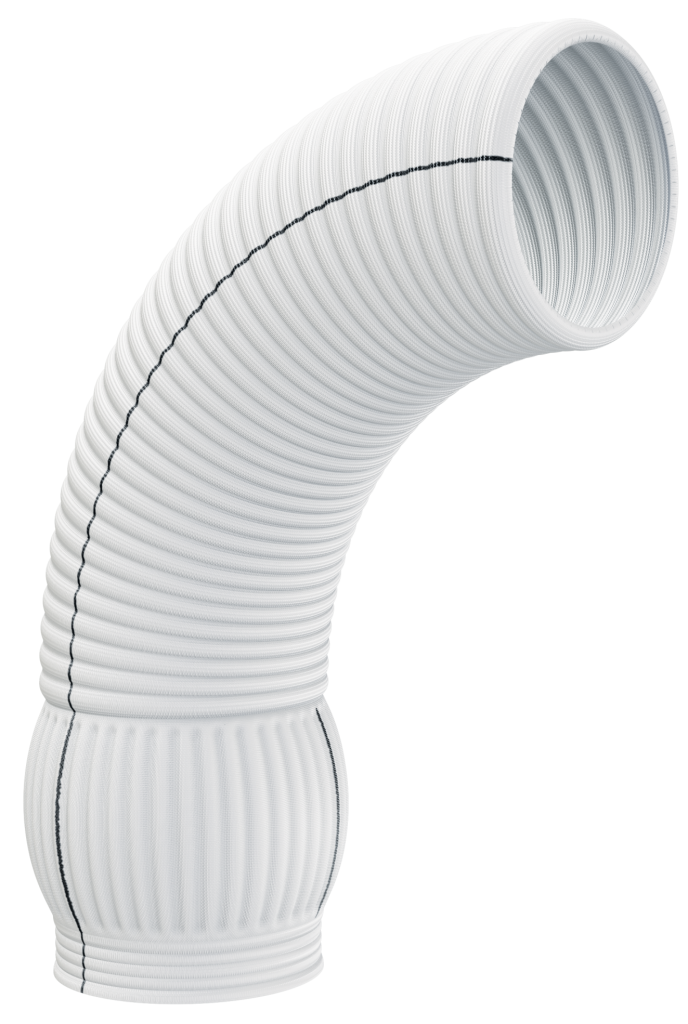Gelweave Valsalva
Celebrating 25 Years
A History of GelweaveTM Valsalva.
Introduction
Since inception, as an organisation we have been committed to delivering innovative solutions that improve patient outcomes, emphasising collaboration with the clinical community.
This 25th celebration of the Gelweave™ Valsalva graft is the story of one such successful collaboration between groundbreaking surgeon led research and Scottish artisanal skill and weaving technology, brought to scale globally. The Valsalva graft, perhaps accurately described as ‘beautifully simple, without ever being simplistic’ has withstood the test of time, delivering hope and reliable clinical outcomes to thousands of patients and surgeons and continues to feature as key solution in the provision of operative aortic care.
Download the Pictorial History Book for the full story.
Pictured left: Gelweave™ Valsalva being hand sewn by Kerry Lochrie in Glasgow.
History
During the period of cultural and intellectual revival known as the
Renaissance there was a humanistic and a scientific revolution,
particularly in the fields of astronomy and anatomy. The first known
drawings and thoughts on the mechanisms at work within the aorta’s Sinus of Valsalva were made in the 15th and 16th Century in the Papal States that became Italy.
Prominent contemporary polymath Leonardo Da Vinci studied this part of human anatomy, making the notes and sketches pictured adjacently. Da Vinci’s drawings and notes illustrate his understanding of how the sinuses of Valsalva contribute to the closure of the aortic valve.1
However, it was not until the early 18th Century that the Sinuses of Valsalva were named. Antonio Maria Valsalva (1666-1723), Professor of Anatomy at the world’s oldest established University in Bologna, gave his name to this aortic landmark.2
Given this history of pioneering Italian research made in this part of the anatomy, it would seem very apt that a key component in its modern surgical repair would be conceived within the same lands.
For the last 25 years, the Gelweave™ Valsalva graft, invented by Prof. Ruggero De Paulis has been used to successfully treat patients suffering from conditions such as aortic dissections and root aneurysms, including those caused by genetic disorders such as Marfan Syndrome and Loeys-Dietz Syndrome.
This is its remarkable story.
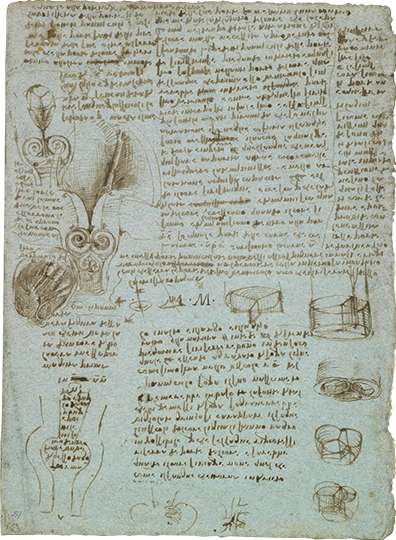
Prof. Ruggero De Paulis
Professor Ruggero De Paulis undertook his Cardiac Surgery training at the University of Turin. In 1986 he completed a post-doctoral fellowship at the Artificial Heart Research Laboratory at the University of Utah, Salt Lake City.
His research continued at a number of major European institutions while working at University of Rome – Tor Vergata, where he would go on to be appointed Associate Professor of Cardiac surgery in 2002.
Since 2006 he has served as Director of the Cardiac Surgery Operational Unit at the European Hospital in Rome. In 2020 he was appointed Professor of Cardiac Surgery, at Unicamillus University, Rome.
He has held 6 medical device patents, conducted over 15,000 cardiac surgical procedures and has over 300 scientific publications.
“At the end of 1980s there was a great excitement when stent-less valves first became available for clinical use. In fact, compared to the stented valve, they appeared to offer great advantages in terms of reduced obstruction of the left ventricular outflow tract and especially more physiologic movements during the cardiac cycle. This was due to the possibility that a stentless valve could use the aortic root as a natural stent. It was at this timepoint I was prompted by the chief of my resident program to study the physiology of the aortic root in detail to better understand the potential for this original approach.”
Prof. Ruggero De Paulis | Open Letter to Terumo Aortic
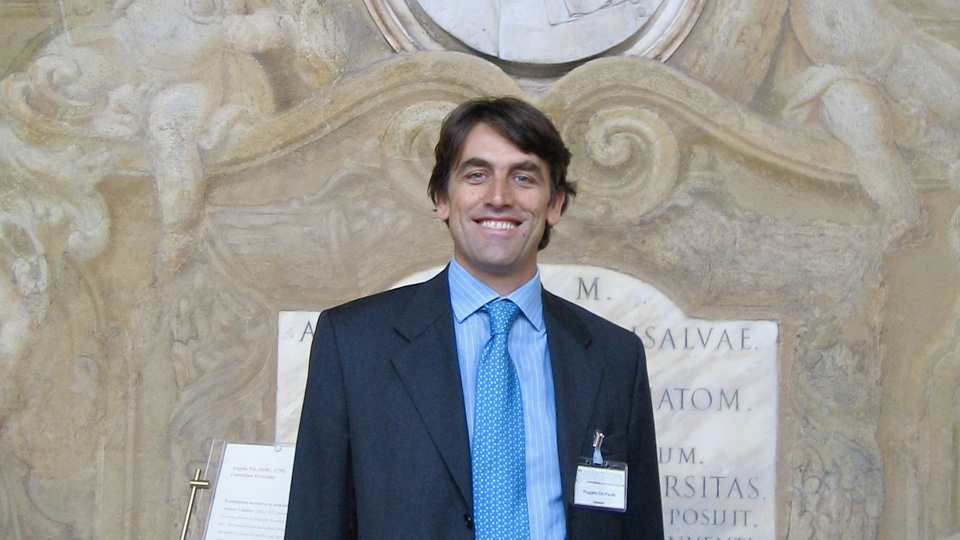
“I embarked on reviewing a series of in vitro and in vivo studies focused on the anatomy and physiology of the aortic root. Perhaps the most ‘turn-key’ piece of information discovered was the realisation that the aortic root, in contrast to the rest of the ascending aorta, expands almost exclusively in the horizontal plane while its longitudinal compliance is almost zero.
Valve sparing aortic procedures were rarely performed during the early ’90s. Apart from few selected cardiac centers, in the majority of cases the clinical reports were reported from the originators of the two techniques; the eminent Egyptian-British Prof. Sir Magdi Yacoub who first described the remodeling technique and Canada’s Dr. Tirone David who first described the reimplantation technique.
I witnessed their presentations and the ensuing discussions many times during those years at major Annual Meetings. Prof. Yacoub claimed his technique was more physiological because it re-established the sinuses of Valsalva whilst Dr. David claimed his to be more durable because it addressed the annular dilatation. I remember being intrigued by the challenge of finding a solution that could somehow combine the two options.
By 1998, while assisting during a Bentall procedure, my thinking was directed towards the need for a material that would stretch horizontally so to fill the space previously occupied by the root aneurysm. To my knowledge, such a material did not exist, but I was certain a cylindrical conduit not the best solution for substituting a pear-shaped piece of anatomy.”Prof. Ruggero De Paulis | Open Letter to Terumo Aortic
Design Inspiration
“My wife, who is a fashion designer, had been working on a peculiar womens dress completely made by pleated tissue material (plissé is the commonly known French word). The upper part had horizontal pleats to smoothly adapt to the shape of a narrow waist, while the lower part (corresponding to the skirt) had vertical pleats that would naturally open and close with the leg movements.
I suddenly visualised the perfect shape for a Bentall procedure and the potential for providing sinuses to a David procedure.
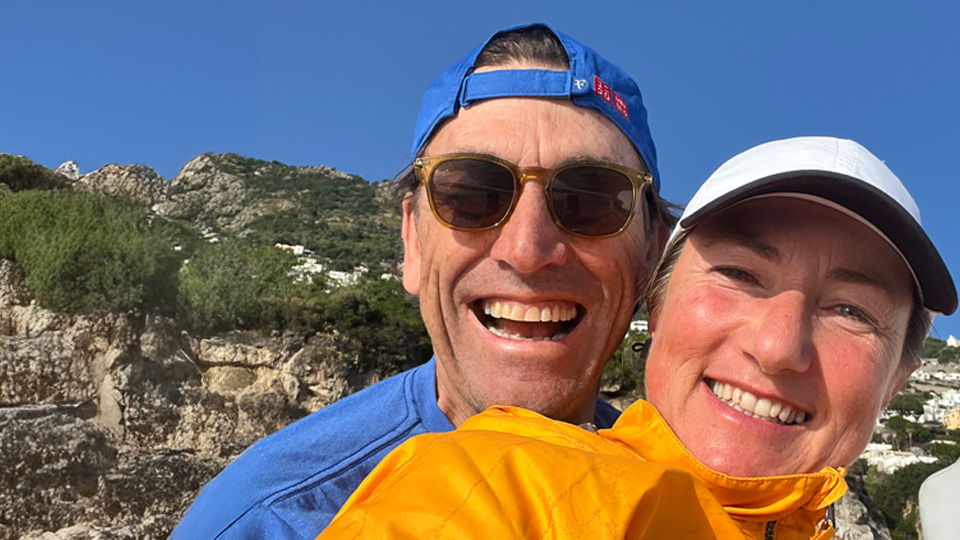
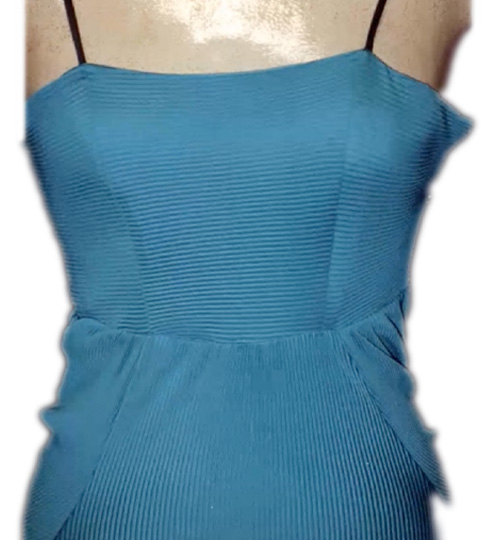
She explained that the pleats were made permanent by heating up the material (I would later discover this is also how corrugated Dacron and ultimately, Gelweave is created) and that the only way to have pleats at a 90-degree angle to each other was to sew two different pieces of the same material together.
On the kitchen table, with the help of my wife, I cut open a corrugated Dacron graft, rotated by 90 degrees and sewed it back on.
The Valsalva graft was born...”Prof. Ruggero De Paulis | Open Letter to Terumo Aortic
Gianfranco Supino
Mr Supino was the recipient of the the first Valsalva graft for Acute indications. During a visit to Terumo Aortic in 2020, he remarked the following:
“What I can tell you is that the quality of my life has been fully preserved. After less than 20 days I was able to restart working without any medical difficulty. After 1 month I was able to restart my workout, not so intense of course but I was able to recover that important piece of my life. After 6 months roughly, I was back to my normal life.
Initially the requirement for surgery was an ‘earthquake’ needless to say, but after that event I can tell you my life has dramatically improved because of the value I give to each single day is higher than the value I used to give prior.
You cannot imagine the complexity, the art, the magic which is behind those artifacts (grafts). In my chest there is now a jewel beating somehow, together with my heart. It was wonderful to visit Terumo Aortic and see the sewing team investing so much of their time making the grafts perfect because they can save lives and allow normal life to continue.”Gianfranco Supino during visit to Terumo Aortic Glasgow in 2020
Global Impact
Aortic Dissection accounts for 3 out of every 1000 emergency department presentations involving acute chest, back, or abdominal pain. 3
The condition predominantly affects individuals between 40 and 70, with most cases occurring in patients aged 50 to 65. Approximately 75% of dissections happen in this age range, highlighting age as a key risk factor. 3
While men are 3 times more likely to develop aortic dissection than women, women often present later in the disease course and have worse outcome. 3
Marfan Syndrome
Marfan syndrome is the most common inherited multisystem disorder of connective tissue. This autosomal-dominant condition has a reported incidence of 2-3 per 10,000 individuals.4
Loeys-Dietz Syndrome
The exact prevalence of LDS is unknown but estimated to be 1:50,000. 5
European Registry of Type A Aortic Dissection (ERTAAD).
A Bentall procedure was performed in 862 patients, while a David operation was performed in 139 patients. Both operations can feature the Gelweave Valsalva device. After propensity matching to include 115 pairs, the registry found no statistically relevant difference in post-operative outcomes. 6
Over
150,000
Gelweave™ Valsalva grafts shipped worldwide 7
Eileen Novins
Chief Global Business Development Officer – The Marfan Foundation
“We congratulate Terumo Aortic on 25 years of the Gelweave Valsalva graft and their work to advance science, quality of life, and longevity for people living with genetic aortic and vascular conditions”
Eileen Novins during her visit to Termo Aortic Glasgow in 2025.
Milestones on the Journey
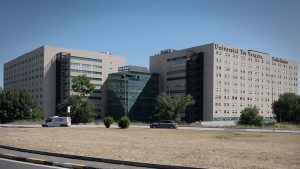
First Implant
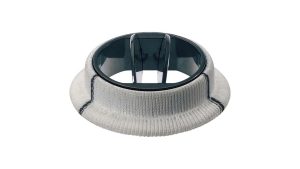
First mechanical valve conduit
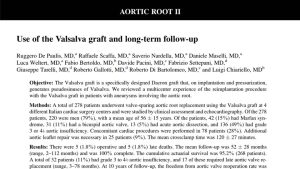
10 Year Review
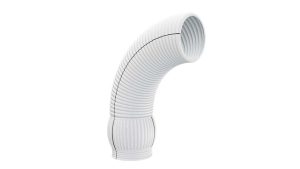
Implant Milestone
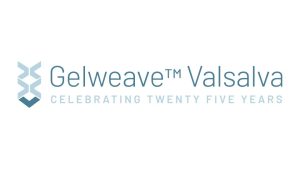
25 Years
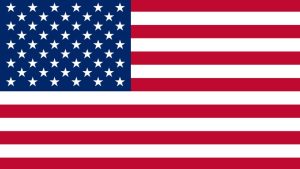
USA Launch
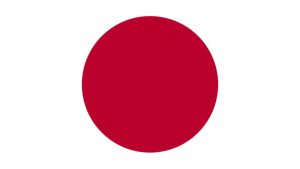
Japan Launch
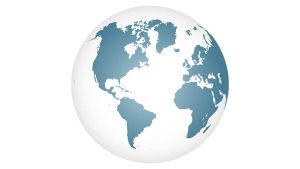
Global Distribution
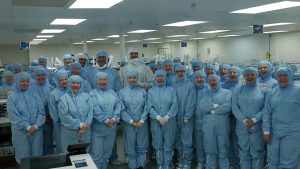
20 Years
Design Variations
What has proved to be the key design feature for the Valsalva graft over the years is the circumferential expansion and contraction of the skirt. Over the years, a number of competitors have attempted to replicate similar results with single tube designs, but most failed to appreciate this naturally occurring anatomical norm.
Following the launch of the original graft and its acceptance in the USA two years later, there was a flurry of modification requests from the field via the ‘specials’ program that was an early pre-cursor to today’s Pioneer program.
Whilst the device and its various options continue to go from strength to strength, it is worth noting there are plans to continue the development of the device in line with new technologies and approaches to cardiovascular surgery.
That said, perhaps its most apt description of Valsalva in any of its forms is ‘beautifully simple, without ever being simplistic’.
Ante-Flo
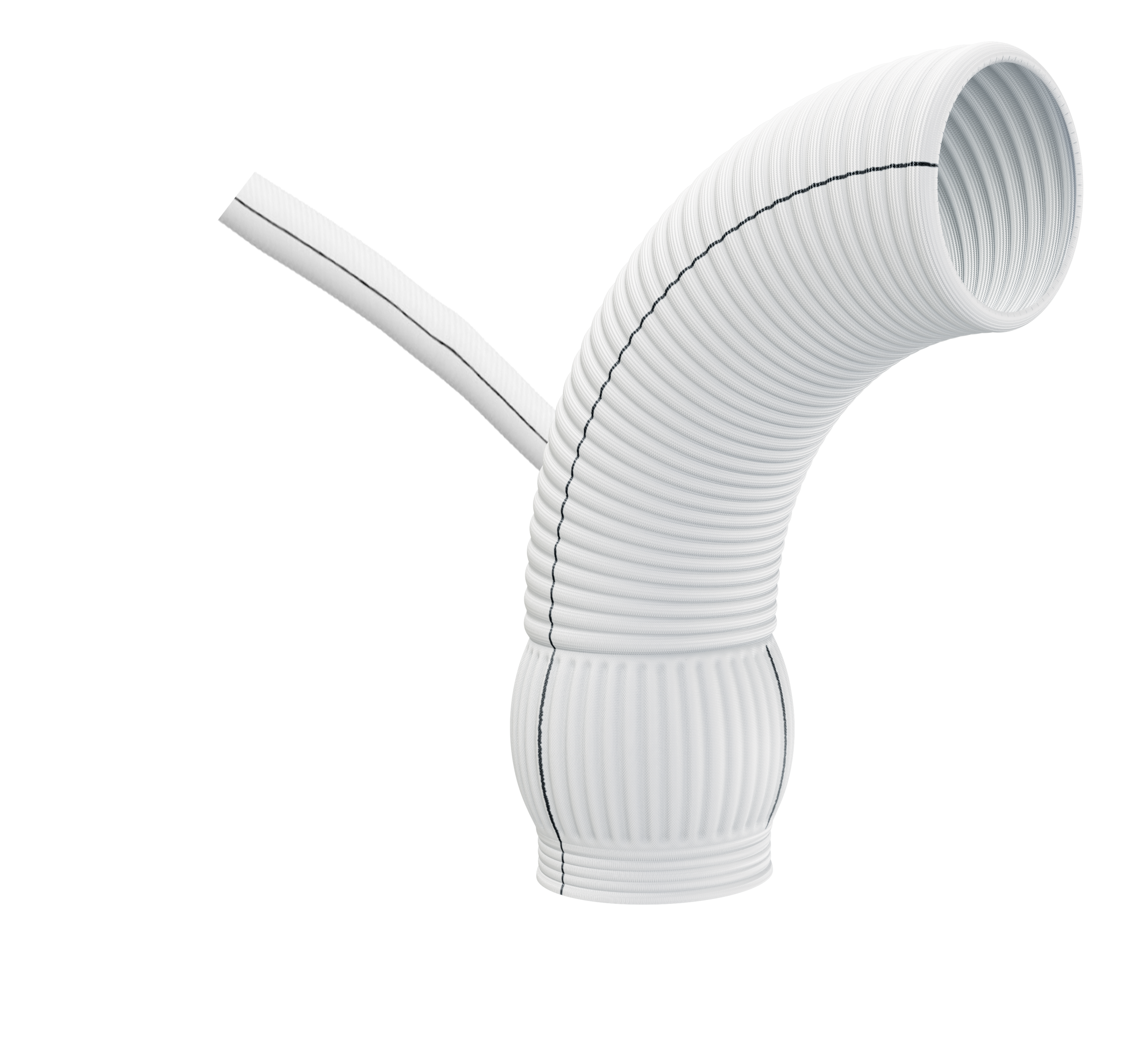
Ante-Flo
Short Skirt
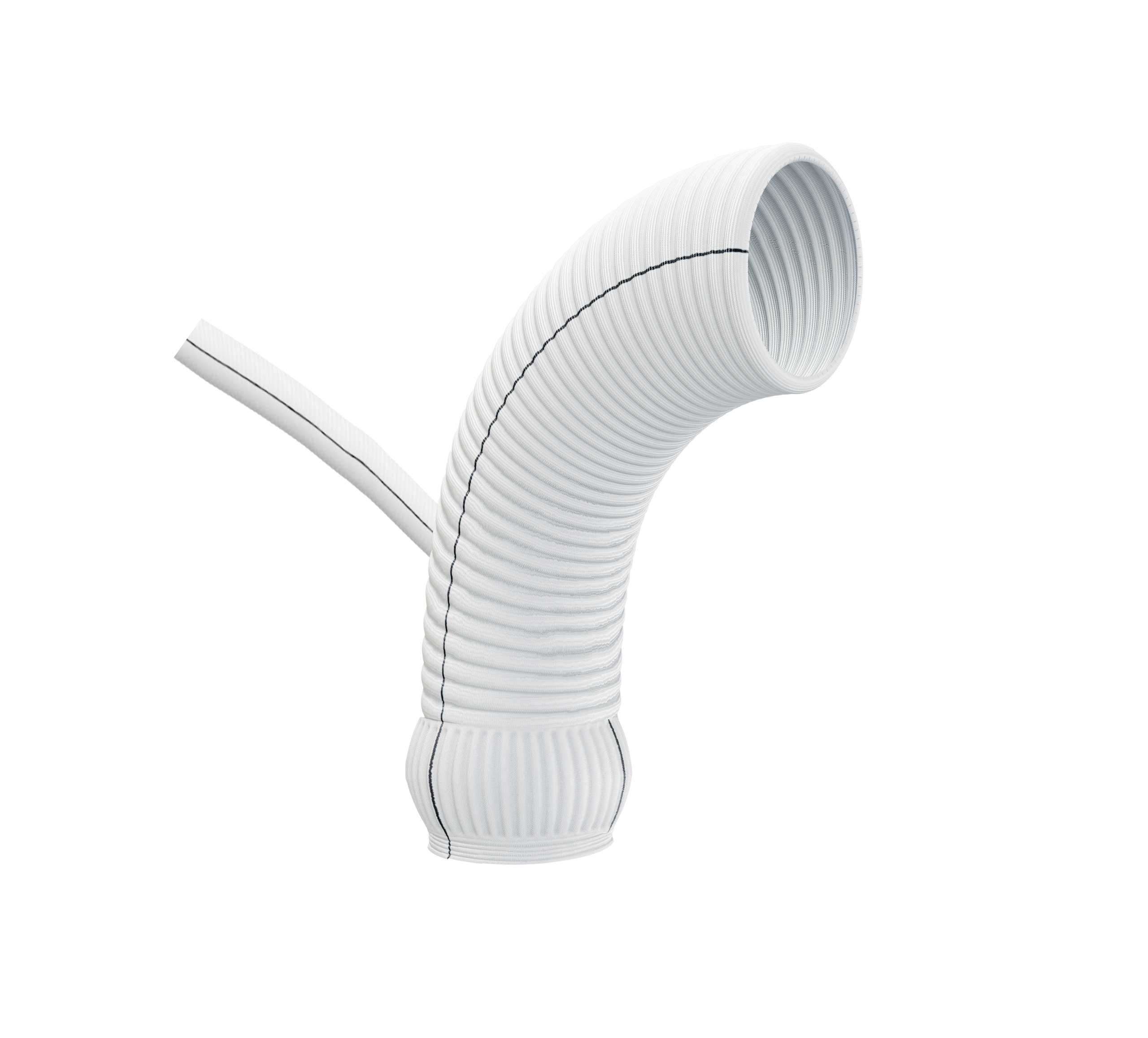
Narrow Skirt
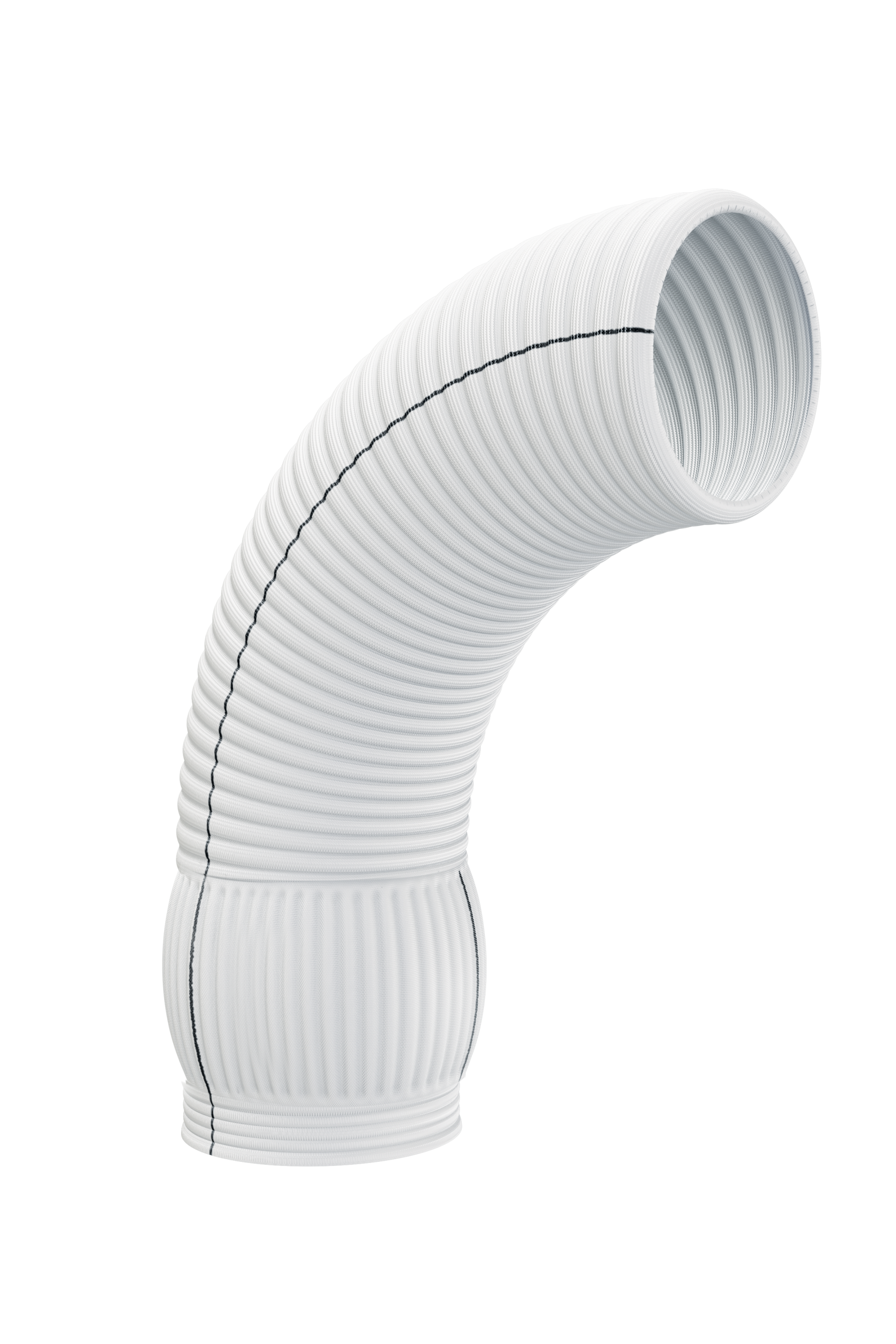
Short Skirt
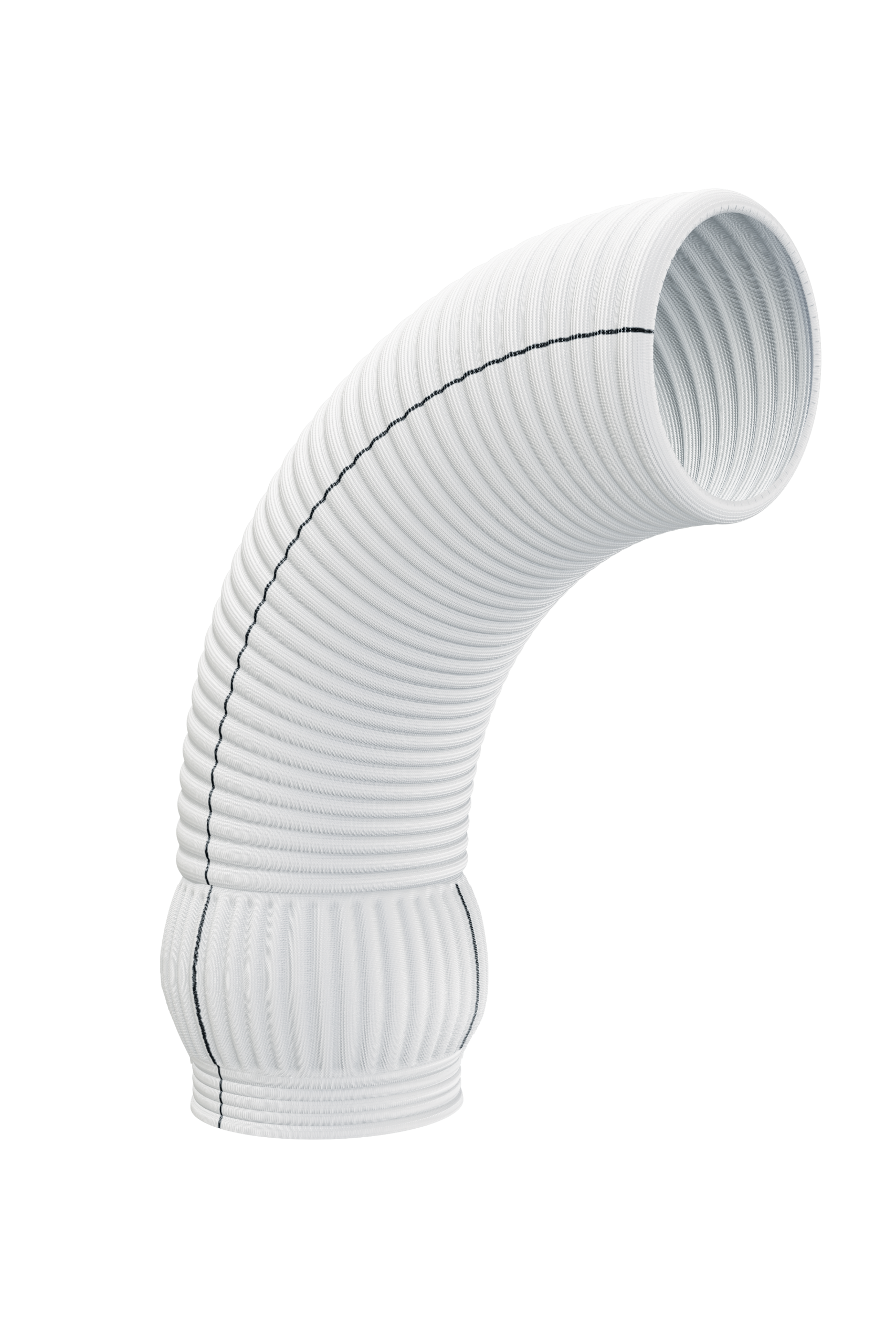
Florida Sleeve
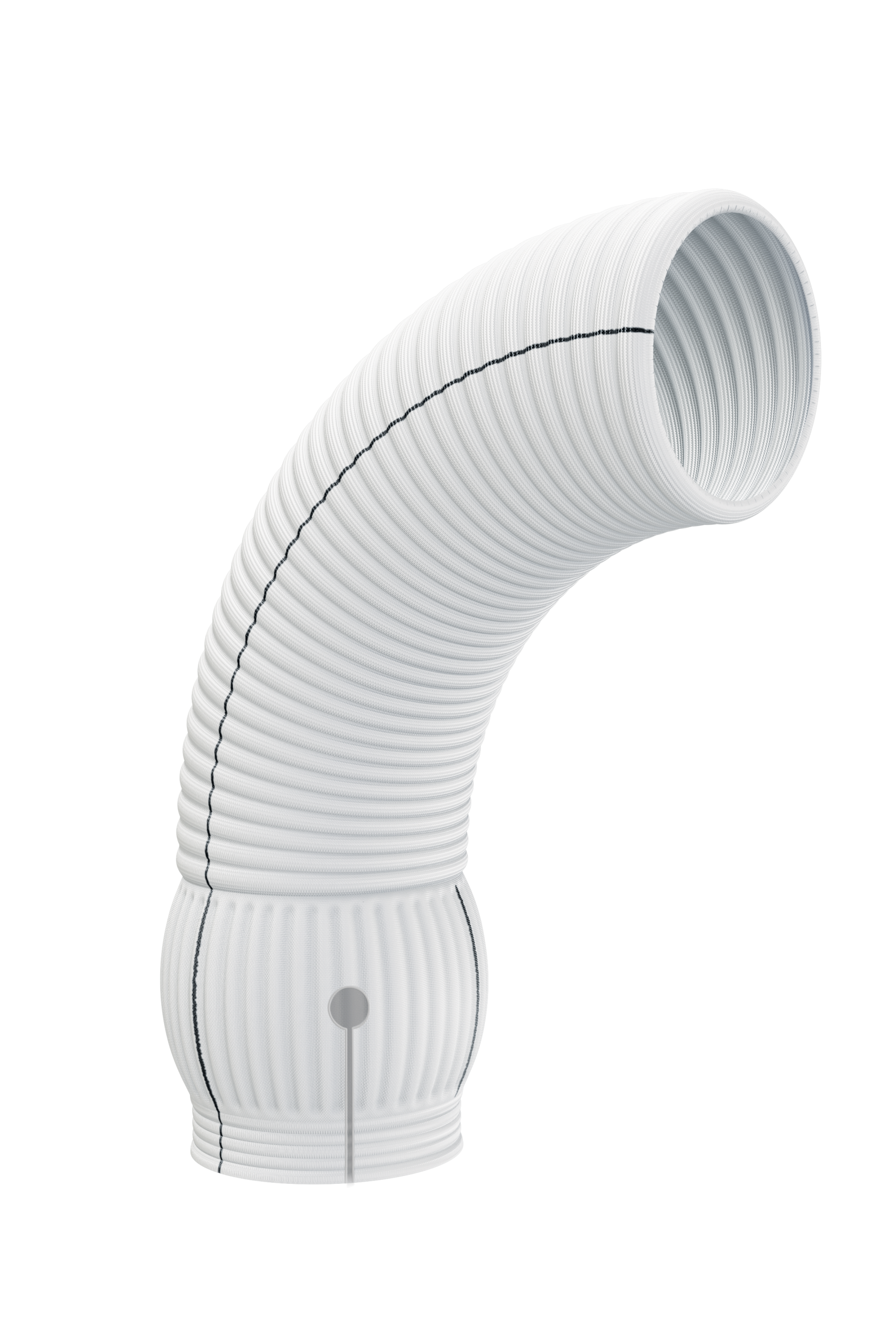
Joseph E. Bavaria
Thomas Jefferson University, Philadelphia, Pennsylvania
“My congratulations to both Terumo Aortic and Prof. Ruggero De Paulis for designing, manufacturing and continually improving the Valsalva graft. The product has been radical and revolutionary in the field of aortic root surgery and reconstruction, as well as Thoracic Aortic treatment in all domains.
Thousands of patients have benefitted from this invention and its broad applicability is a key feature. It’s hard to actually describe the beauty, simplicity and functionality of the device. I’ve used it in Valve Sparing Aortic Root Reconstruction, both in 3-cusp valves and bi-cuspid valves. I’ve used it with Bio-Bentall and Mechanical Composite procedures. I’ve used it in all of the ‘Aortic Disease Domains’ including Aneurysm, Dissection, and Redo Root Surgery as well as Syndromic and Familial etiologies. Its broad applicability is its genius. Its availability has democratised Aortic Root surgery for Cardiac Surgeons and therefore has had a tremendous impact on the lives of our patients across the world.
I’ve implanted thousands. I’m looking forward to implanting a thousand more”Dr. Joseph E. Bavaria | Open Letter to Terumo Aortic
Surgical Features & Benefits
Discover how each of the key features and benefits are integrated into our surgical portfolio to ensure the highest quality and performance possible.
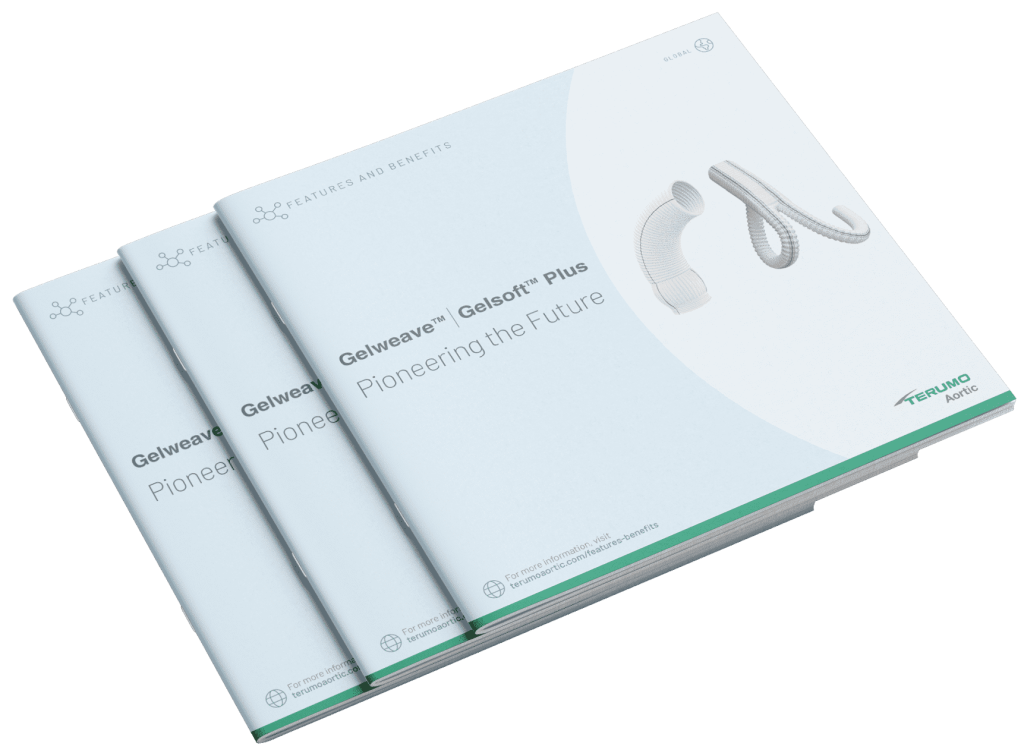
Acknowledgements
“The creation of the Valsalva graft was a simple intuition and was realised in a few hours on my kitchen table with the help of my wife. Nevertheless, I would like to acknowledge the following colleagues who have helped me in the scientific research and the clinical diffusion of the device.”
Prof. Ruggero De Paulis | Open Letter to Terumo Aortic
- Joe Bavaria
- Duke Cameron
- Edward P. Chen
- Luigi Chiariello
- Ilaria Chirichilli
- Enrico Coscioni
- Salvatore D’Aleo
- Laurent De Kerkove
- Giovanni Maria De Matteis
- Roberto Di Bartolomeo
- Gebrine El Khouri
- Giulio Folino
- Lorenzo Galletti
- Mario Gaudino
- Leonard Girardi
- Francesco G. Irace
- Lorenzo Guerrieri
- Teruhisa Kazui
- Emmanuel Lansac
- Daniele Maselli
- Mario Morea
- Sergio Moresco
- Wim Morshuis
- Saverio Nardella
- Hitoshi Ogino
- Yutaka Okita
- Davide Pacini
- Sandro Picciurro
- Giuseppe Pisani
- Helmut Reul
- Andrea Salica
- Raffaele Scaffa
- Fabrizio Settepani
- Fabrizio Tomai
- Luca P. Weltert
- Kenton Zehr
Terumo Aortic would like to extend their appreciation to each and every surgeon around the world who has adopted this technology to further optimise patient care.
Furthermore, the Valsalva graft would not have been possible without the invaluable dedication of our associates, both past and present.
Thank you all for your contributions.
About Terumo Aortic
We are a global medical device company focused on developing and providing solutions for aortic and peripheral vascular disease. We offer a comprehensive portfolio of products for treating thoracic, abdominal, and peripheral aneurysms, as well as dissections and occlusions.
The company is a combination of Vascutek UK, who have been manufacturing woven medical grafts since 1982 and Bolton Medical; US based leaders in endovascular aortic repair devices for the last 15 years. These two companies were brought together under the ownership of the Terumo Corporation in 2018 to form the subsidiary Terumo Aortic. We now operate in over 100 countries and have manufacturing facilities in Glasgow (Scotland, UK), Sunrise (Florida, USA) and Hanoi (Vietnam).
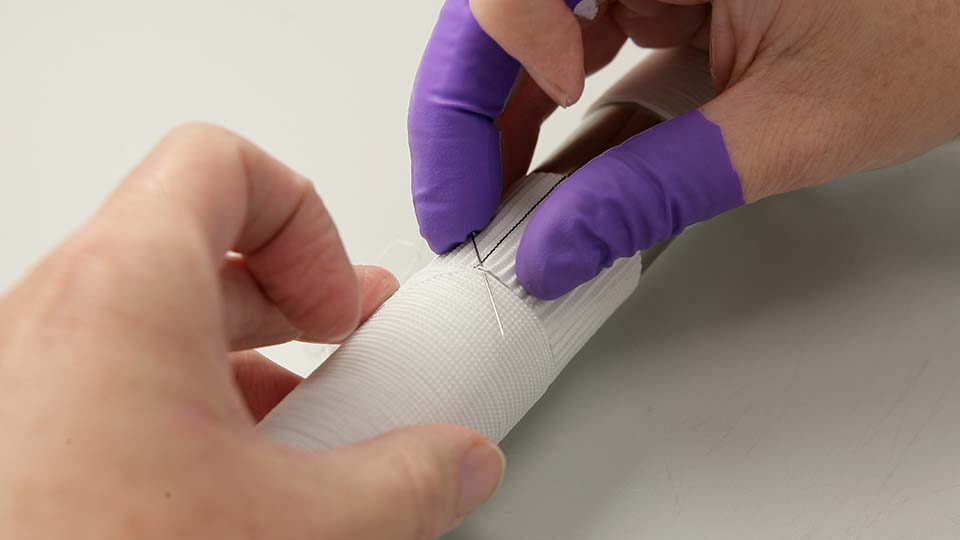
References
Boon, B. (2009) Leonardo da Vinci on atherosclerosis and the function of the sinuses of Valsalva. Netherlands Heart Journal. December: 17, pp496–499
Jacobs N. et al . (2017) The life and work of Antonio Maria Valsalva (16661723) – Popping ears and tingling tongues. Journal of the Intensive Care Society.19(2):161-160
Levy D et al. Aortic Dissection. [Updated 2024 Oct 6]. In: StatPearls [Internet]. Treasure Island (FL): StatPearls Publishing; 2025 Jan-. Available from: https://www.ncbi.nlm.nih.gov/books/NBK441963/
Salik I, Rawla P. Marfan Syndrome. [Updated 2023 Jan 23]. In: StatPearls [Internet]. Treasure Island (FL): StatPearls Publishing; 2025 Jan-. Available from: https://www.ncbi.nlm.nih.gov/books/NBK537339/
Loeys BL, Dietz HC. Loeys-Dietz Syndrome. 2008 Feb 28 [Updated 2024 Sep 12]. In: Adam MP, Feldman J, Mirzaa GM, et al., editors. GeneReviews® [Internet]. Seattle (WA): University of Washington, Seattle; 1993-2025. Available from: https://www.ncbi.nlm.nih.gov/books/NBK1133/
Biancari F et al (2024) The David Versus the Bentall Procedure for Acute Type A Aortic Dissection. Journal of Cardiovascular Development and Disease.11, 370 pp1-9
Implants based on Terumo Aortic sales data
Disclaimer
No part of this page may be reproduced, distributed, or transmitted in any form or by any means, including photocopying, recording, or other electronic or mechanical methods, without the prior written permission of Terumo Aortic.
This book and all associated materials are protected under the relevant copyright law. Unauthorised use, reproduction, or distribution is strictly prohibited.
Use of the downloadable PDF is strictly for personal use.
© 2025 Vascutek Limited. All rights reserved.
Product Disclaimer
Product availability subject to regulatory approval.
An EU Declaration of Conformity may be requested from regulatoryaffairsuk@terumoaortic.com
Instructions for Use
A Gelweave™ IFU is supplied with all Gelweave™ devices.


